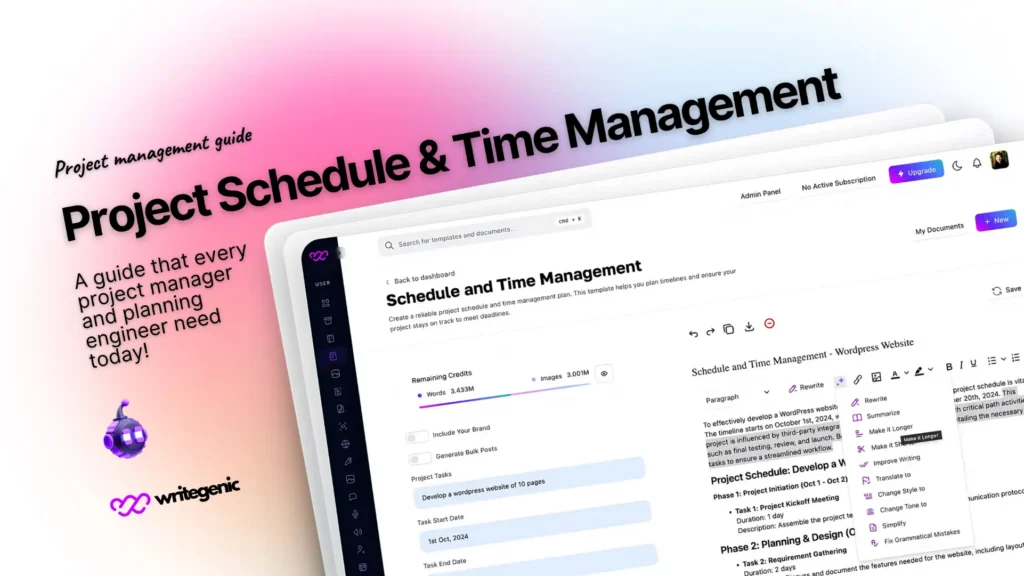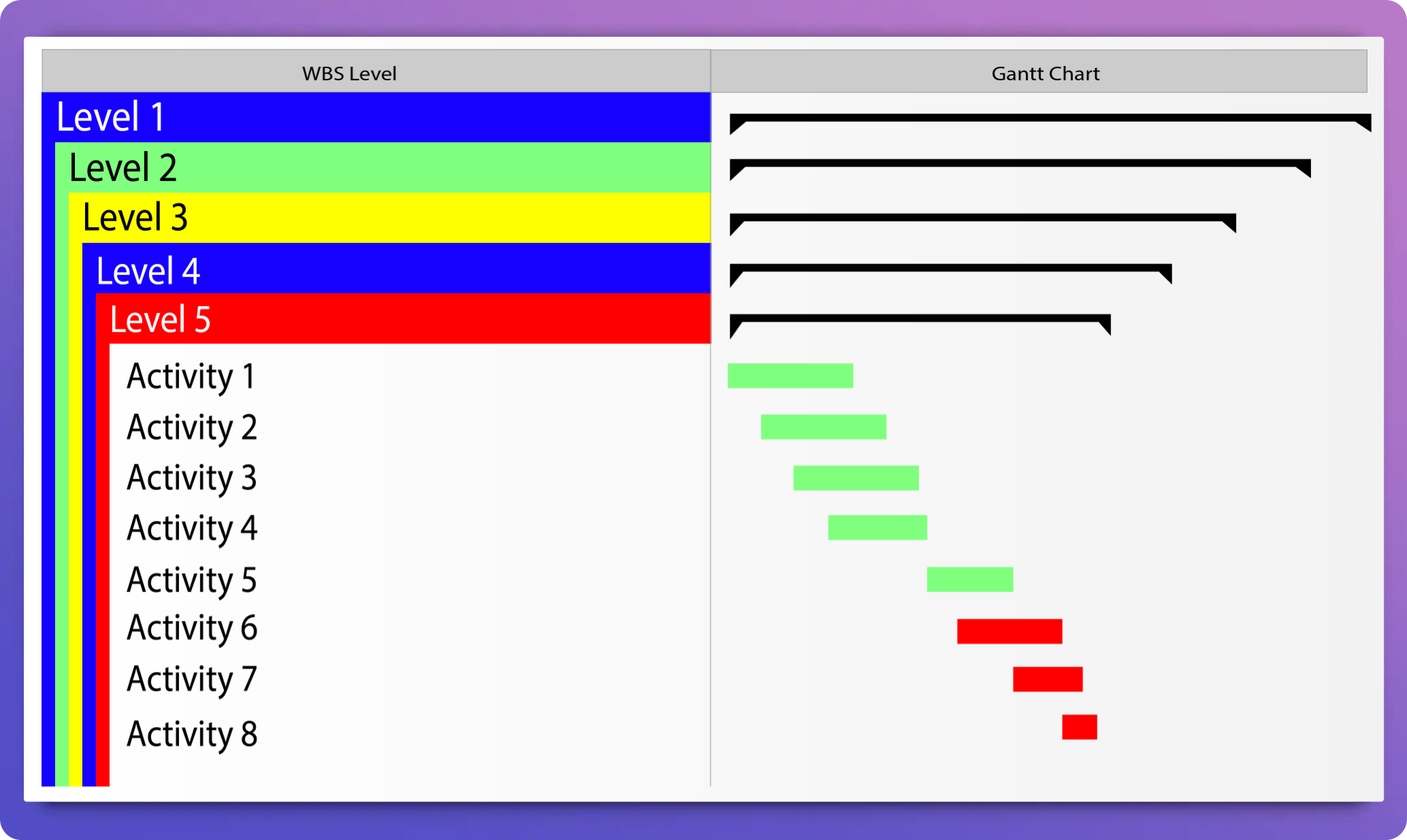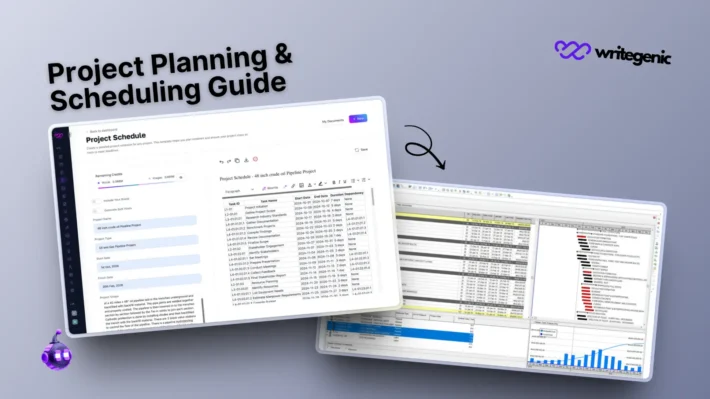The Guide to Project Schedule and Time Management

The success of any project depends greatly on proper schedule and time management. Making a clear project management schedule helps your team manage the project so they know exactly what to do, hand in tasks by the due date and produce quality work. The guide shows you effective ways to organize, prepare and optimize your time on projects.
Table of Contents
Understanding Project Schedule and Time Management
Scheduling in time management is when you plan your tasks, resources and time so you can complete a project more easily. Managing the project requires making a plan that shows who will do the work and when. Using task breakdown, timelines, milestones and resources, scheduling in project management helps everything progress well.
The project management schedule is constantly updated as the project moves forward. It makes everything easy to follow, ensuring that all parties know what stage the project is in and are answerable for their responsibilities.
Benefits of Schedule and Time Management in Projects
Using efficient scheduling and time management techniques provides many advantages such as:
1. Better Productivity
When every activity is explained and set in a schedule, teammates can devote their time and energy to what matters the most.
2. Efficient Use of Resources
When you have a well-planned project management schedule, you can use your human, financial and material resources wisely.
3. Timely Project Completion
Realistic scheduling and constant observation prevent most delays from happening.
4. Improved Collaboration
Everyone understands their duty, the schedule and the progress others are making, so the teams work more closely together.
5. Proactive Risk Management
Right scheduling makes it possible to discover possible roadblocks well in advance, so you can fix them swiftly.
Key Elements of an Effective Project Schedule
A solid project management schedule is not just about scheduling events—it directs the team towards success. The following are the main parts you should have:

1. Project Goals and Objectives
Describe the way you want your project to succeed. These steps become the starting point for planning the rest of your academic schedule.
2. Work Breakdown Structure (WBS)
Divide the work for your project into separate and simpler parts. This way, it is easier to plan both the effort required and how long it will take.
3. Task Dependencies (Relationships)
Some tasks must be done after others are completed. Communication about these links prevents problems and makes scheduling more accurate.
4. Resource Allocation
Allocate both people and resources to every task. Do not assign more responsibilities than they can handle and make sure there are enough resources.
5. Deadlines and Milestones
Determine when important tasks and milestones need to be completed and confirmed. Make a time management chart to view and plan out your schedule.
6. Risk Buffers
Time for unexpected hold-ups should be built into your plans. It helps you stick to your goals if something goes wrong.
Time Management Charts and Tools for Scheduling
Visual tools make it easier to track progress and allocate resources. Popular time management chart types include:
1. Gantt Charts
Show tasks across a timeline, making dependencies and durations easy to visualize.
2. Kanban Boards
Ideal for agile or iterative work. Track task status in columns (e.g., To Do, In Progress, Done).
3. Calendar Planners
Divides your day into blocks for focused work. Great for individuals managing multiple tasks.
4. Project Management Tools
- Trello – Visual boards for tasks.
- Asana – Great for workflows and assignments.
- MS Project – Advanced scheduling and resource planning.
- ClickUp – All-in-one platform with Gantt and calendar views.
- WriteGenic AI – Creates smart task descriptions, updates, and scope docs fast.
Example of Scheduling in Project Management
Let’s say you’re managing a website redesign project. Here’s a simplified example of scheduling:
| Task | Start Date | Duration | Responsible | Dependency |
| Define Requirements | June 10 | 3 days | Product Owner | — |
| Create Wireframes | June 13 | 5 days | Designer | Requirements |
| Develop Frontend | June 18 | 10 days | Developer | Wireframes |
| Test and QA | June 28 | 4 days | QA Team | Frontend |
| Launch Website | July 3 | 1 day | DevOps | QA |
This sample can be visualized using a time management chart to ensure all team members are on the same page.
Best Practices for Schedule and Time Management
Follow these proven methods for smoother execution:
- Prioritize tasks using frameworks like MoSCoW or the Eisenhower Matrix
- Build in buffer time to handle delays
- Review the schedule weekly for necessary adjustments
- Use collaborative tools to update teams in real time
- Track KPIs to evaluate time effectiveness and forecast future needs
Conclusion
A well-made project management schedule supports teams in their focus, organization and job performance. With good scheduling and time management, you protect your project from issues, improve your work rate and always attain your objectives.
Apply the recommendations in this maternity leave guide to your schedule as soon as you can.
FAQs About Project Schedule and Time Management
What is scheduling in time management?
Scheduling is important in time management because it lets you plan out your tasks and activities to achieve better results within deadlines.
What is a project management schedule?
It shows when each activity needs to start, how much time is needed and who should perform it.
How to write a schedule for a project?
Set your goals, make a list of tasks, notice what tasks are related, estimate time for each task, distribute required resources and plan your milestones using a scheduling app.


